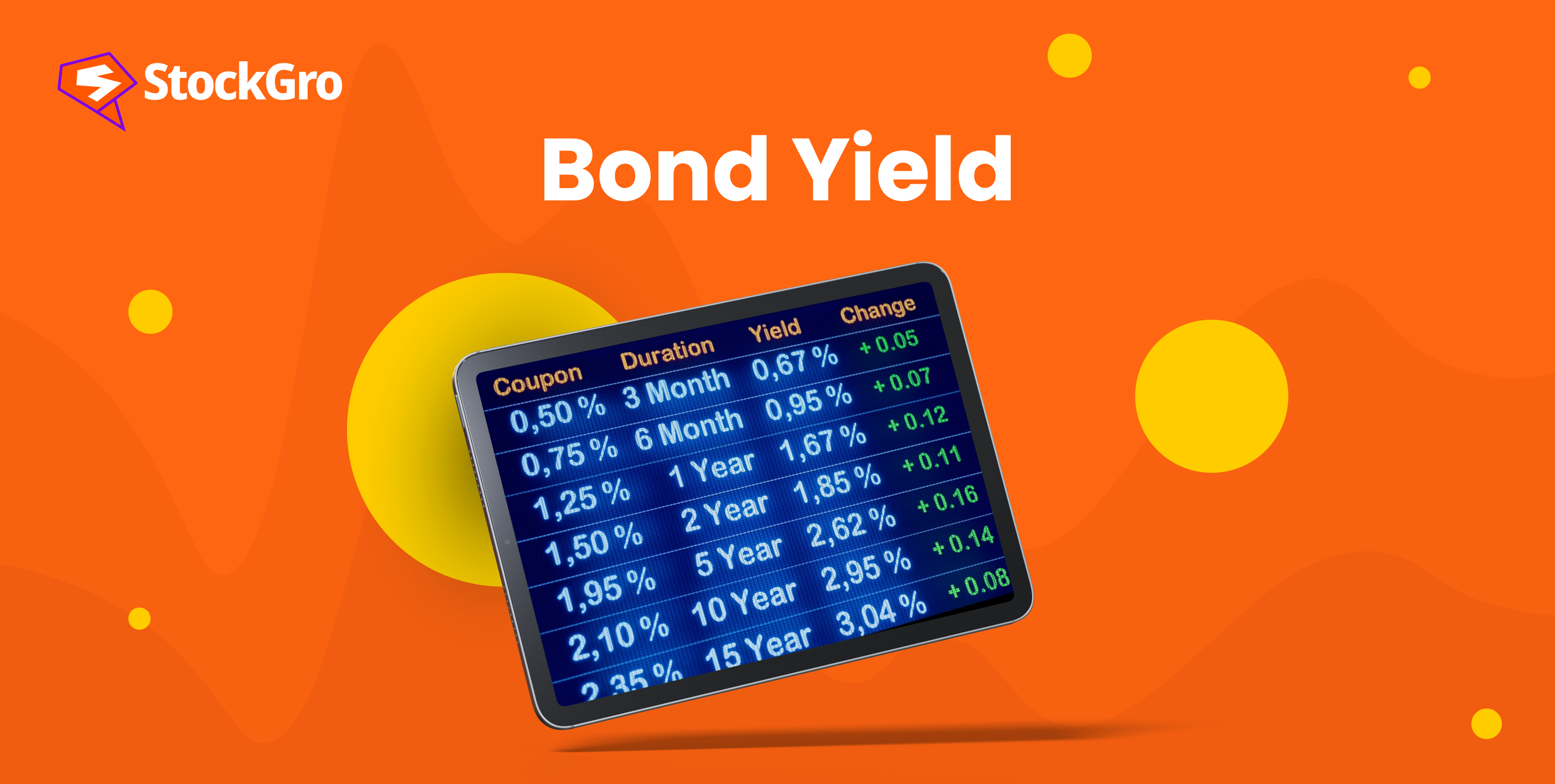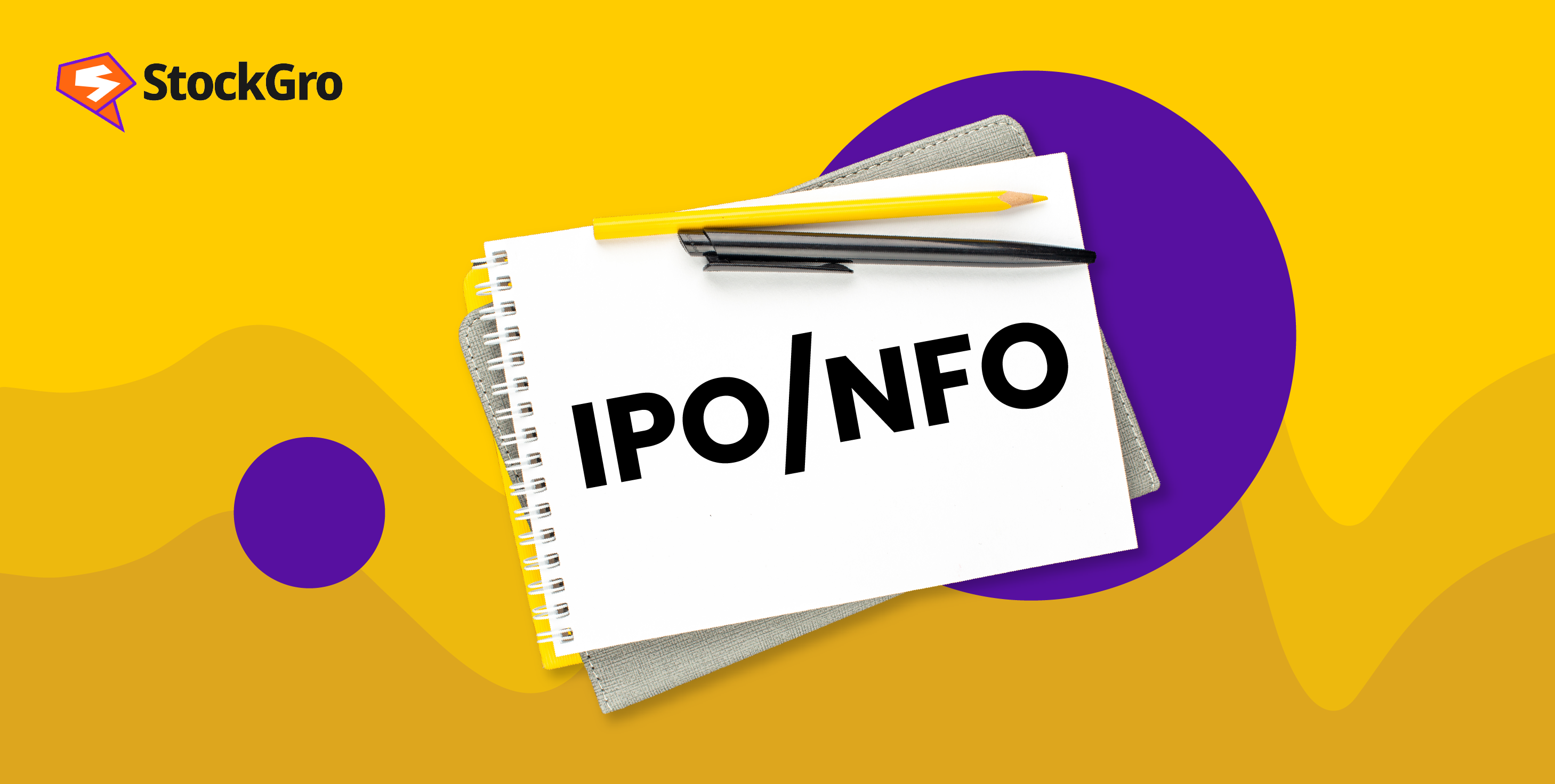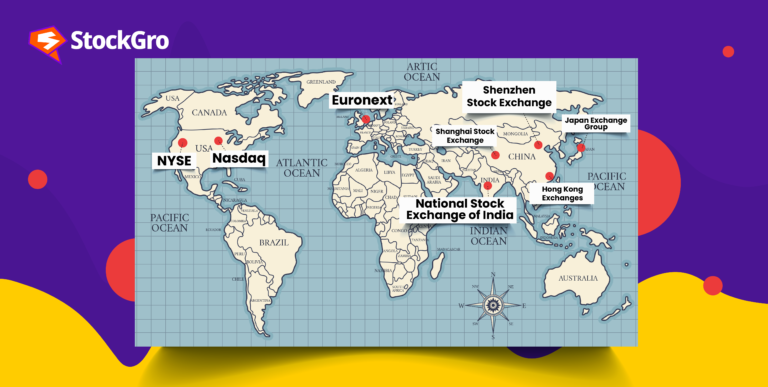
There are plenty of reliable methods to spend your money in the stock market, and bonds are one of them. Bonds are usually a good choice for buyers wary of taking risks. Because of this, many risk-averse buyers go to the bond market to try to diversify their investments and balance the risk.
Bond yield is something that a lot of investors look at when they are researching potential bonds to buy. This article will help you better understand the definition of bond yield and its relation to bond price and the stock market.
You may also like: Exploring the bond market for beginners
Bond yield: What is it?
A bond yield is the money an investor gets back from buying a bond. In other words, a bond yield stands for the investor’s return on money. The yield on a bond is not the price of the bond. In fact, they are inversely correlated.
When the bond is released, the return is the same as the dividend rate. There are several ways to find the yield on a bond, such as the coupon yield and the current yield. Among other things, yield to maturity (YTM) is another way to figure out a bond’s yield.
When someone buys a bond and keeps it until it matures, the yield to maturity shows them how much they are likely to earn. Meaning the bond is not traded on the secondary market by the investor. Instead, they wait until the bond matures before selling it.
As a result, the yield to maturity of a bond accounts for both the value at maturity and all anticipated future cash flows through maturity, including interest due. If you look at the present value of these future cash flows, they match the bond’s current price. This is called the YTM.
Below is a chart of the India 10 Years Government Bond yield of 7.272% (as of 28 Nov 2023 0:15 GMT+0).
Example of bond yields
For example, if an investor invests in a bond with a face value of INR 10,000 and a yearly coupon rate of 8%, the bond will pay 800 INR in interest yearly. If bond interest rates rise above 8%, the investor will have to sell the bond at a lower price.
It is more appealing for investors to get a coupon payment on a bond if interest rates go down. As rates fall even more, the price of the bond will go up. For a new investor, the interest rate no longer means anything in either case. However, the investor can figure out the present yield and get an approximation of the bond’s true yield by dividing the yearly coupon rate by the bond’s price.
Also read: Dividend Rate vs. Dividend Yield
The relationship between bond yield and bond price
Contrary to popular belief, there is a relationship between the bond yield and the bond price. An increase in bond price means a decrease in yield and vice-versa. Bonds with low prices and high values are usually preferred for investing. But when you want to sell them, you might wait for their market value to increase. You might want higher bond rates instead if you are considering keeping the bond until it matures so that your total returns stay high.
How to calculate bond yield?
The easiest way to figure out the return on a bond is to divide the coupon payment by the bond’s face value. To put it in a formula:
Bond yield (coupon rate) = Annual coupon rate / Bond face value
For instance, a bond with an INR 2,000 face value would pay INR 400 in interest or coupons every year. This means that the coupon rate is 20%, or INR 400 divided by INR 2,000.
The connection between bond yields and the stock market
- Yields on bonds and the cost of capital
Companies need a certain rate of return to cover the opportunity cost of borrowing money. This rate is called the cost of capital (COP). It figures out how much people are ready to risk that their money won’t earn as much as they thought it would.
How much it costs for businesses and buyers to borrow money is largely based on bond rates. Government bond interest rates, which are usually higher than those on government assets, are what drive corporate bond yields.
- The yields on bonds and foreign funds
More people will want to buy bonds if yields go up. Let’s say that at a certain point in time, the yields on Indian bonds are higher than those on the international bond market. Investors from around the world will find Indian debt more appealing than global debt.
Additionally, if the debt market seems more appealing than the stock market, foreign institutional investors (FIIs) will move their money toward the stock market.
- Opportunity cost
A higher opportunity cost may make buying in stocks less appealing if bond yields rise high enough to beat the profits from stocks.
The chance cost of investing in them is another way to look at the link between them. You are missing out on the chance to get better results on another investment when one becomes more appealing. This is called “opportunity cost.”
Also read: What are bonds and debentures? How are they different from each other?
Conclusion
It is essential that you, as an investor, comprehend the various methods used to calculate bond yields. Whichever bond you choose to buy, when you buy it, it will be based on more accurate information. Also, it gives you a good idea of when to sell your bond if you don’t want to keep it until ten years have passed. Knowing what bond yield means can help you make better financial choices in general.

